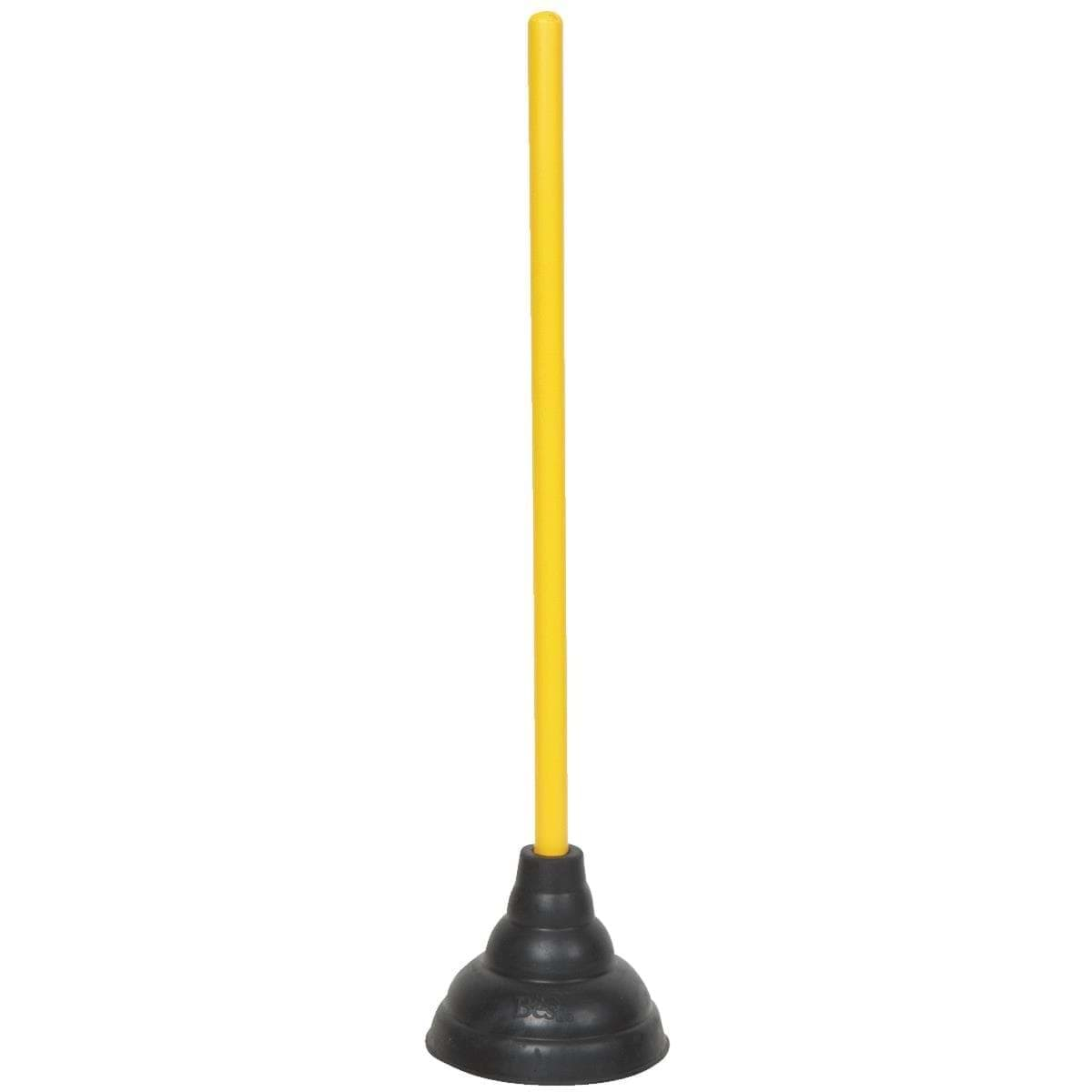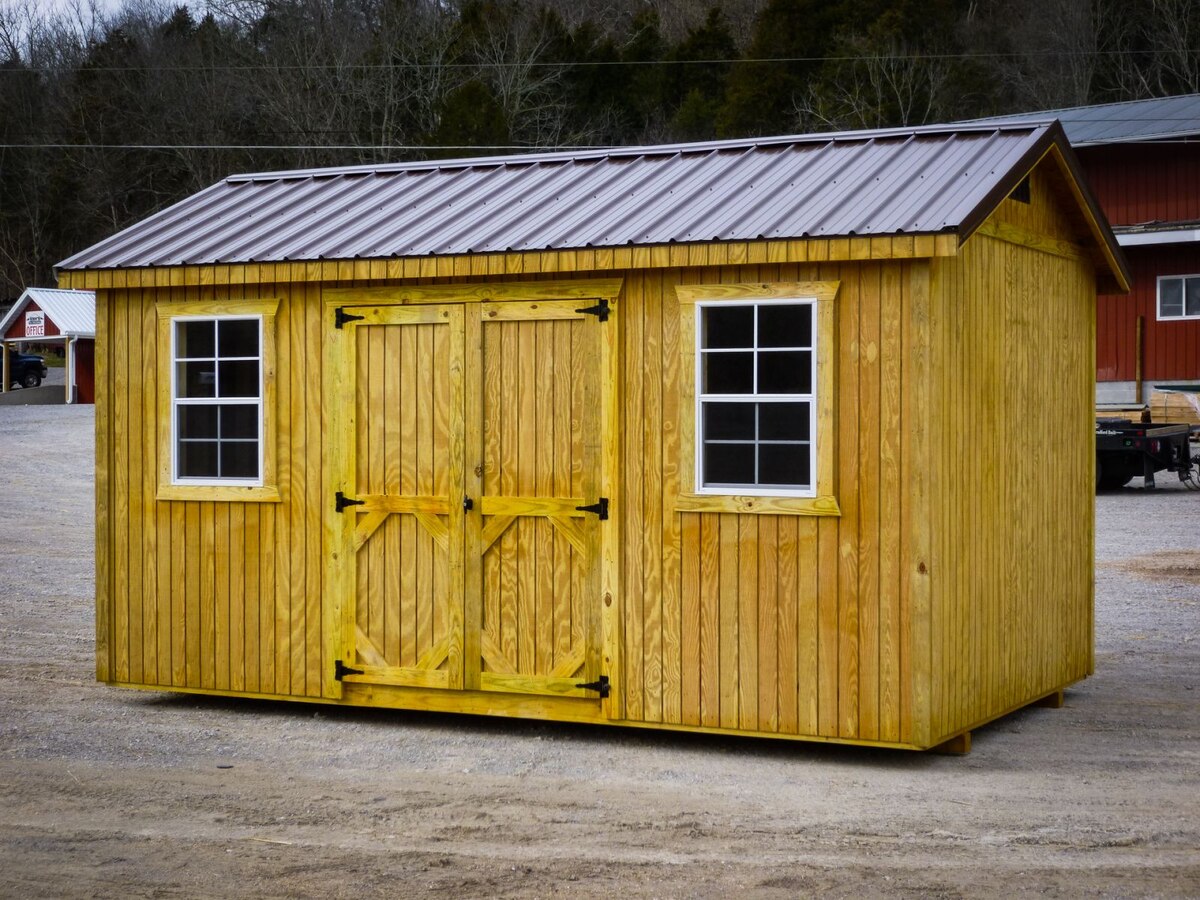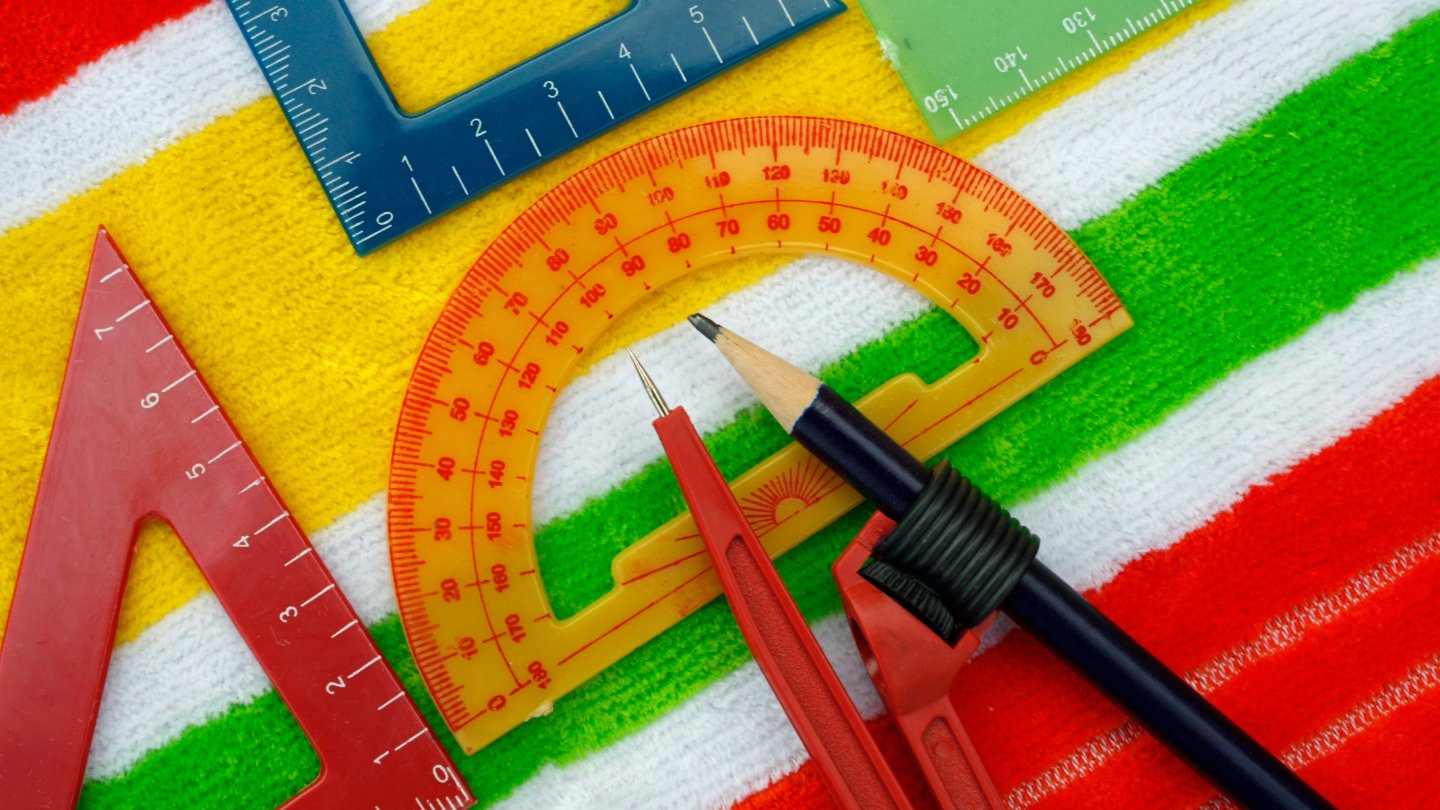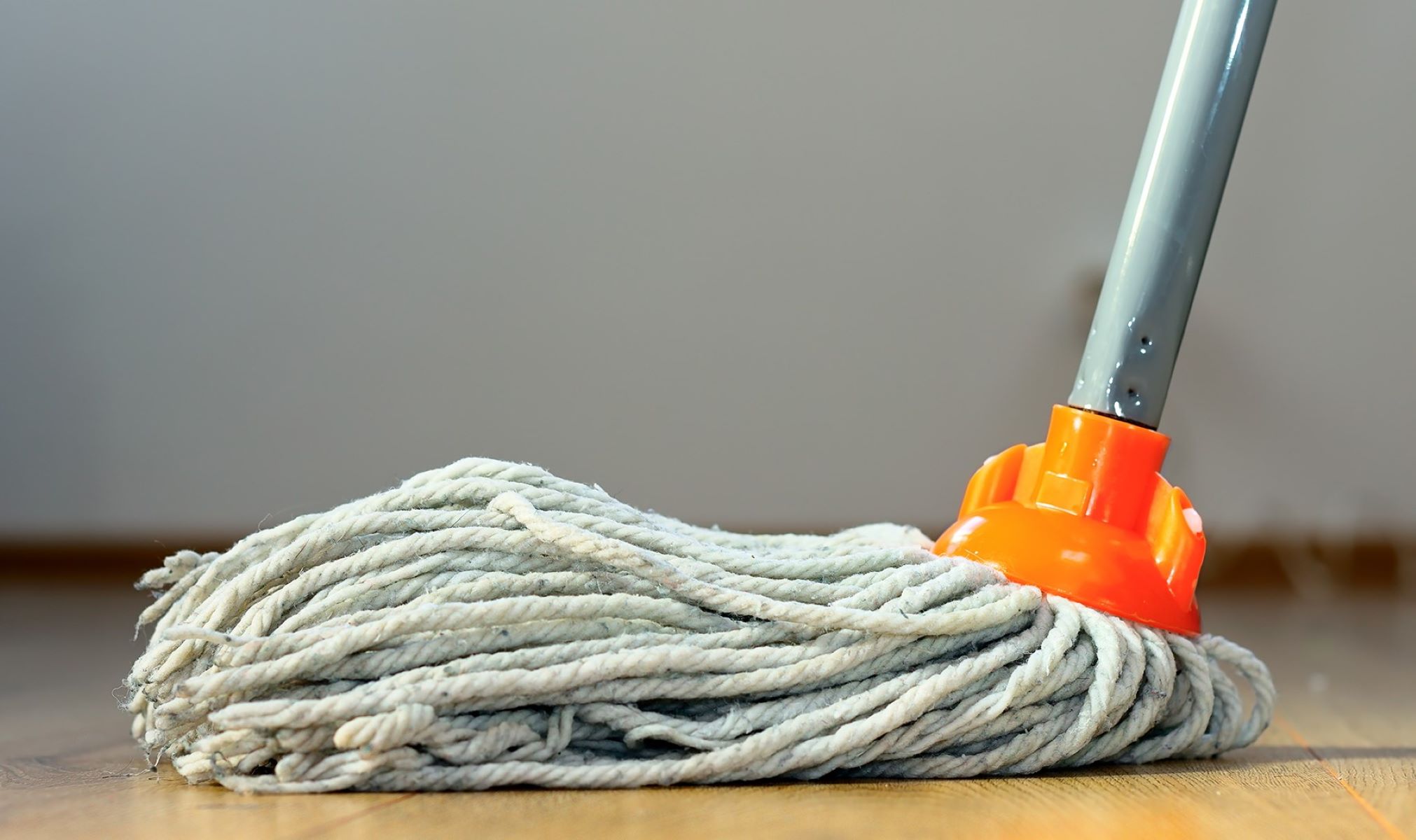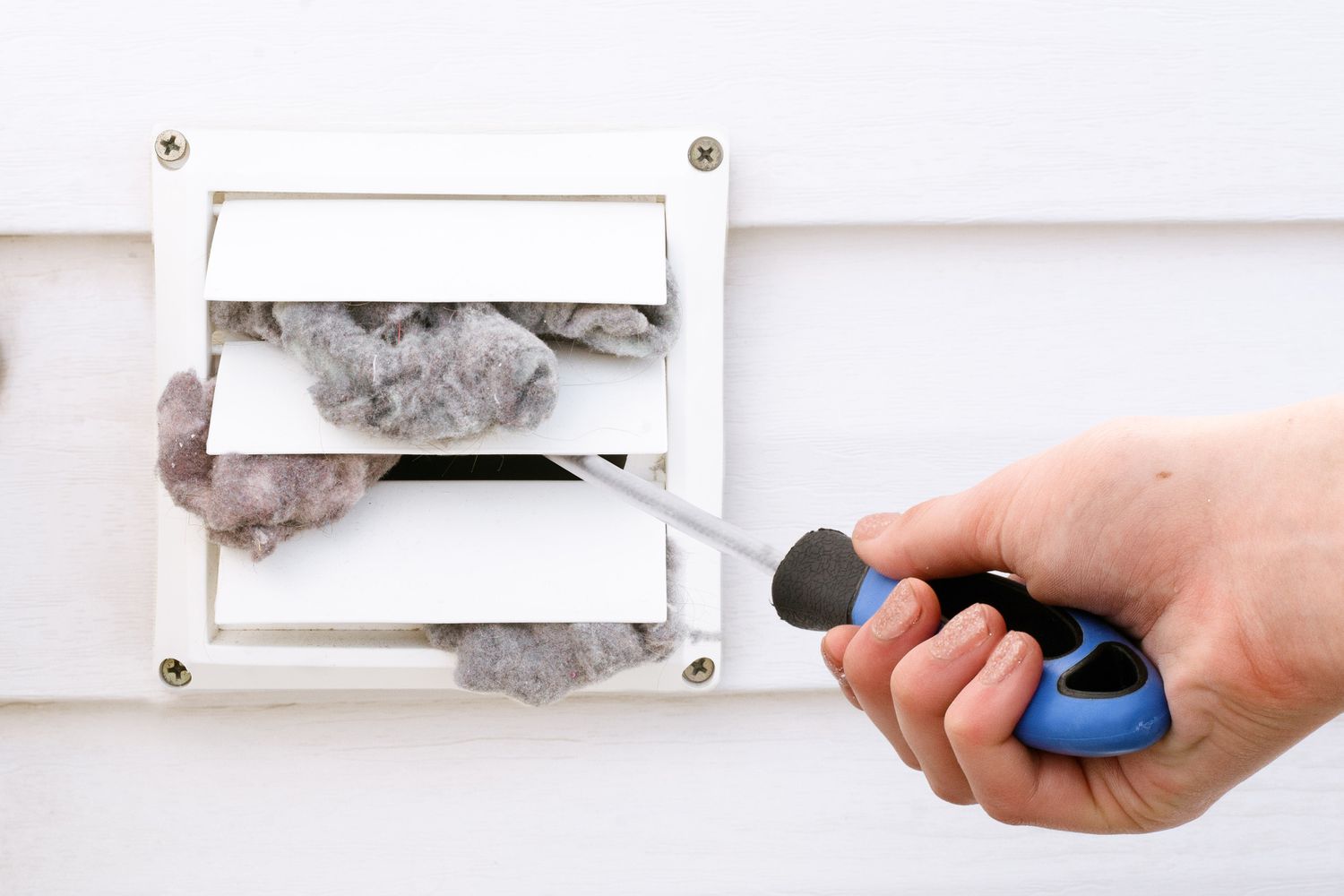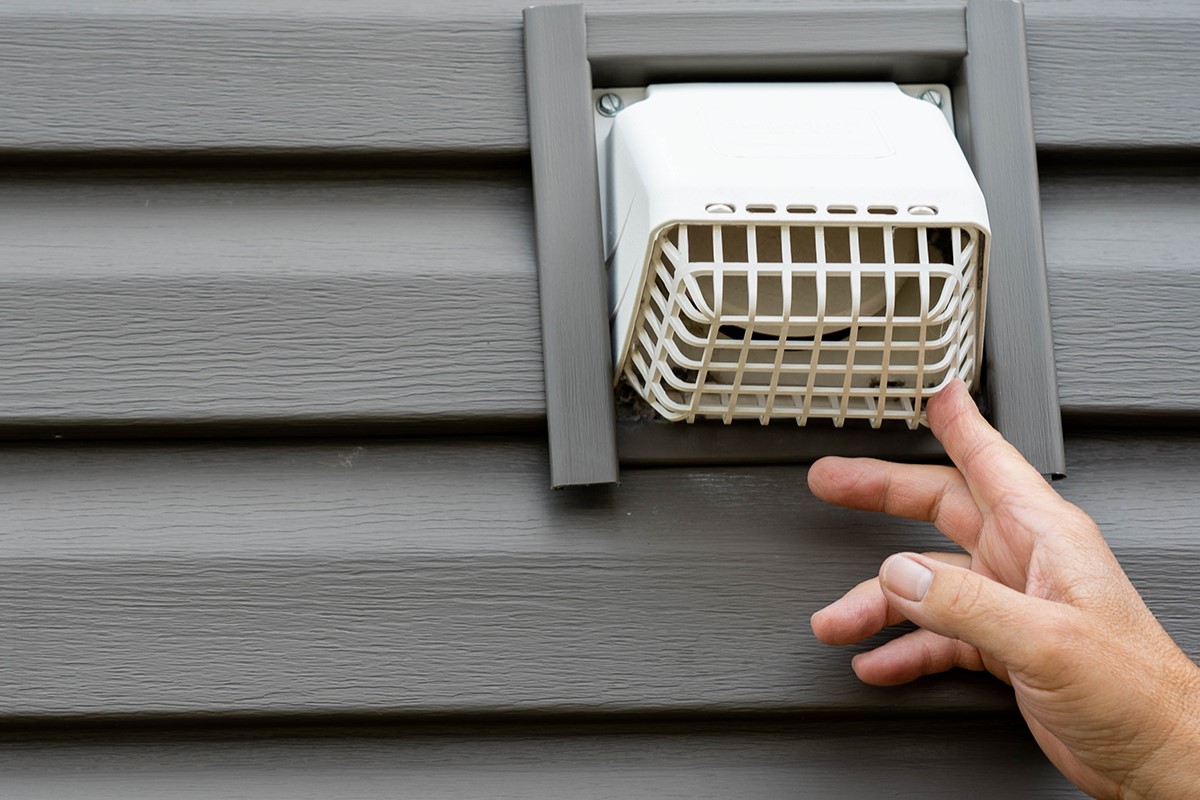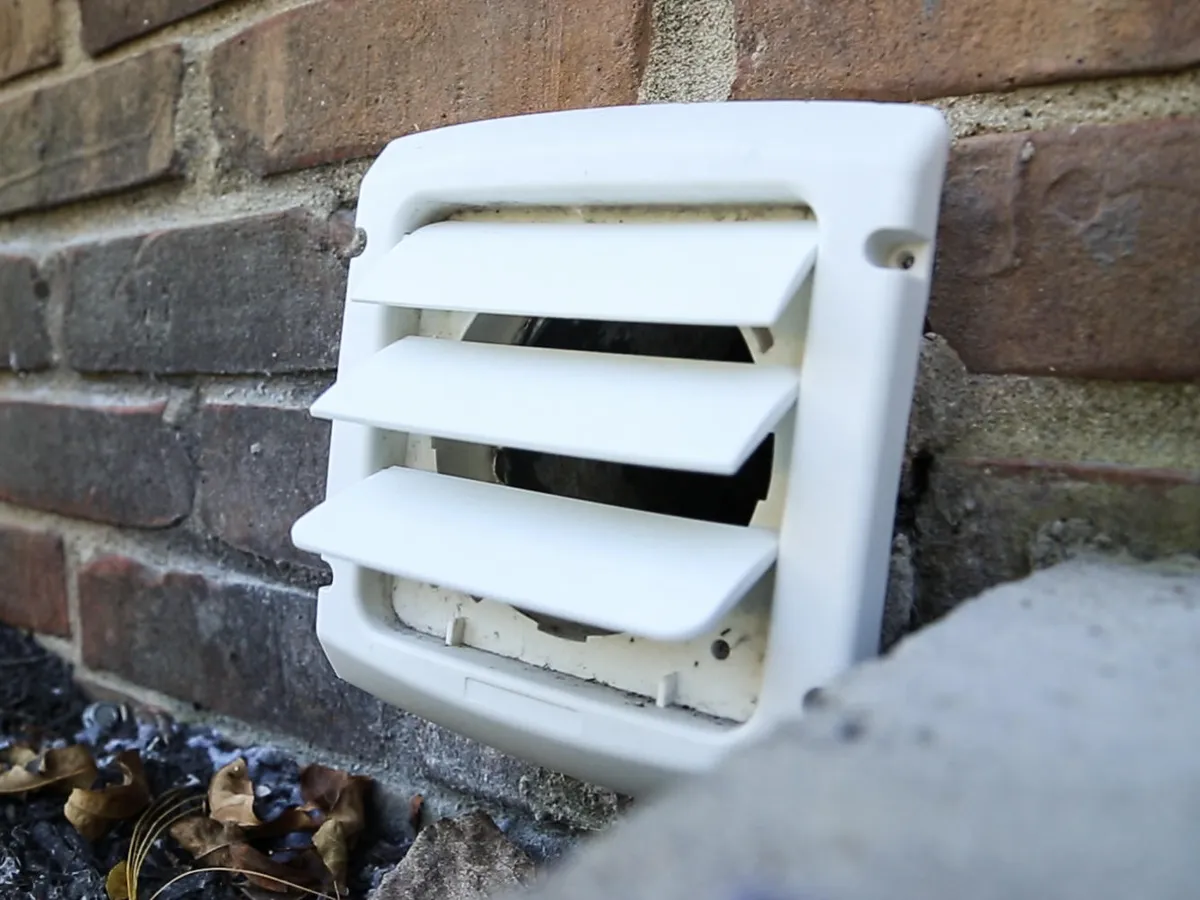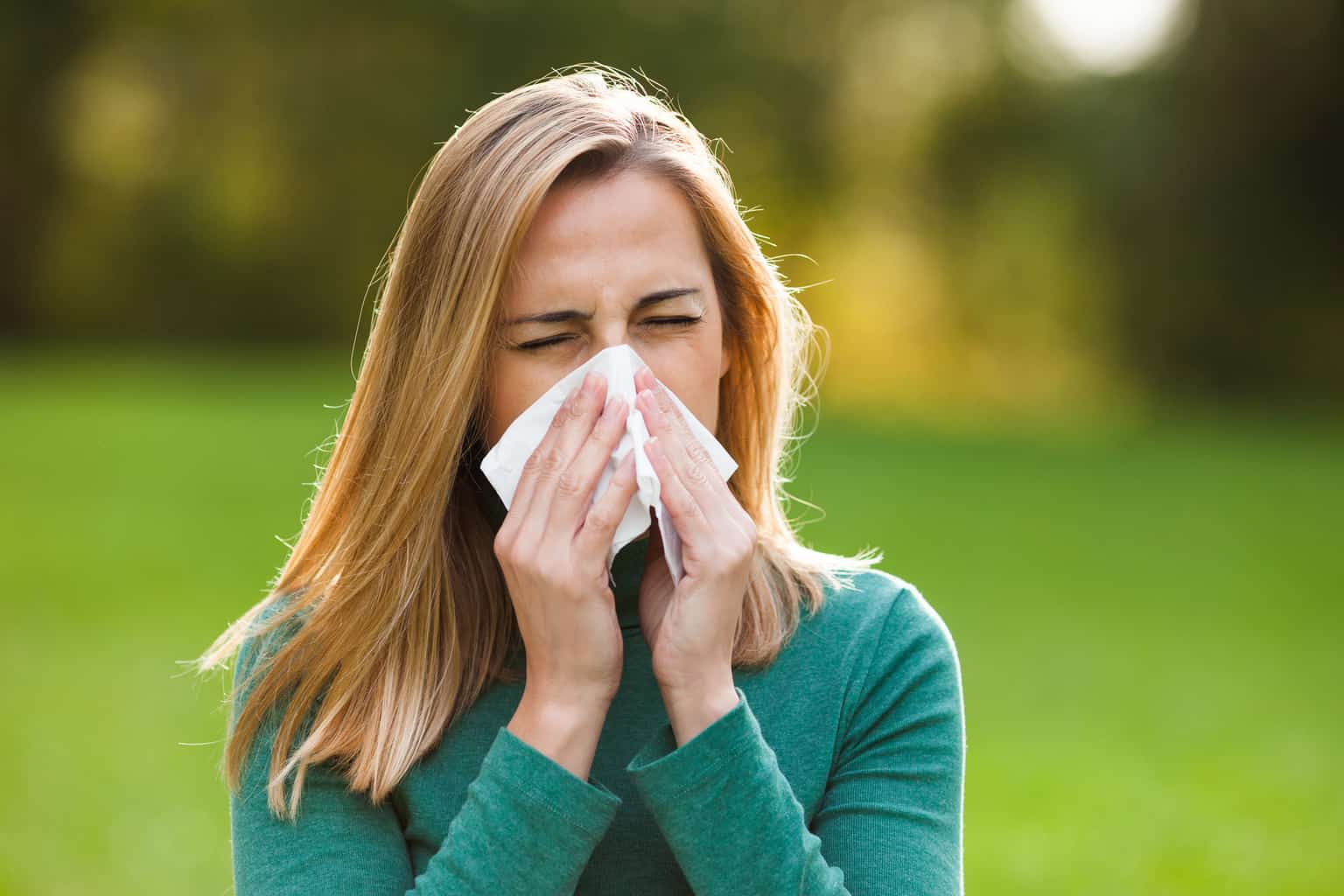Home>Home Maintenance>What Does The Outside Dryer Vent Look Like
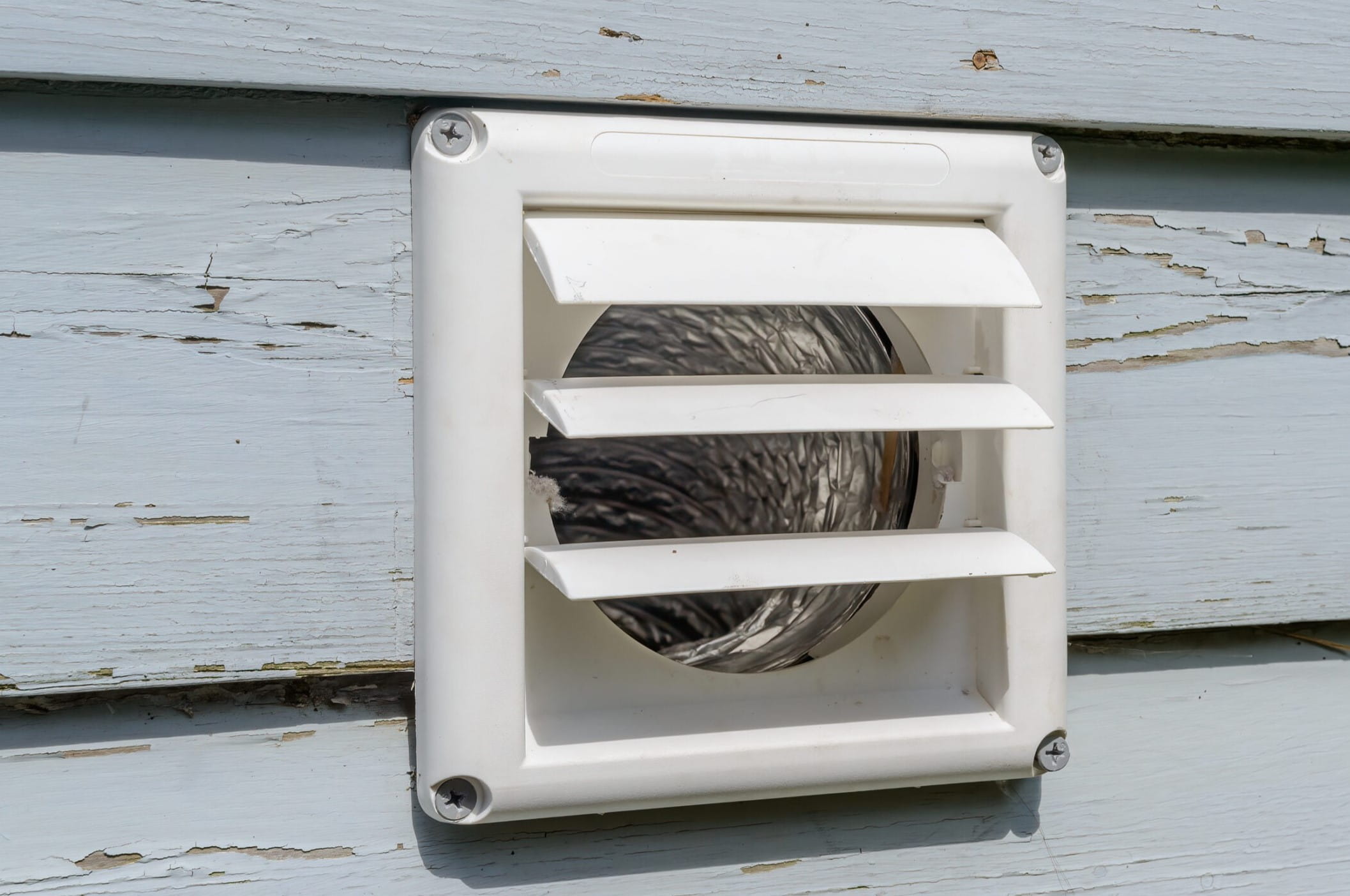

Home Maintenance
What Does The Outside Dryer Vent Look Like
Modified: March 6, 2024
Discover what the outside dryer vent looks like and how to maintain it as part of your home maintenance routine.
(Many of the links in this article redirect to a specific reviewed product. Your purchase of these products through affiliate links helps to generate commission for Storables.com, at no extra cost. Learn more)
Introduction
Welcome to the world of home maintenance, where even the smallest details can make a big difference. One often overlooked but crucial component of maintaining a safe and efficient home is the outside dryer vent. You may be familiar with the inside workings of your dryer, but have you ever taken a moment to consider what the outside dryer vent looks like?
The outside dryer vent plays a vital role in keeping your home safe and your dryer operating efficiently. It is responsible for expelling hot air and moisture from the dryer to the outdoors, preventing potential hazards such as fires and mold growth. In this article, we will explore the importance of having a well-designed outside dryer vent, the factors to consider before installation, the types of vents available, common problems, and how to clean and maintain your vent for optimal performance.
Before we dive into the details, let’s take a moment to appreciate the significance of having an outside dryer vent. Without proper ventilation, the hot, moist air produced by the dryer would linger in your home, leading to an uncomfortable living environment and potentially causing structural damage. Additionally, trapped moisture can create a breeding ground for mold and mildew, posing health risks to you and your family.
Installing an outside dryer vent offers numerous benefits. It not only improves air quality by expelling chemical fumes and lint particles but also helps to conserve energy and lower utility bills. A properly functioning vent allows your dryer to operate more efficiently, reducing drying times and minimizing wear and tear on your clothes.
Now that we understand the importance of an outside dryer vent, let’s explore the factors you should consider before installation.
* Placement of the vent: Determine the most suitable location for your outside dryer vent, taking into account aesthetics, accessibility, and local building codes.
* Vent material: Choose a durable and weather-resistant material such as aluminum or galvanized steel for your vent.
* Vent size: Consider the size of your dryer and the amount of air it expels to ensure the vent can handle the airflow efficiently.
* Proper sealing: Ensure the vent is properly sealed against the exterior wall to prevent air leaks and potential water damage.
By taking these factors into consideration, you can ensure a successful installation and optimize the performance of your outside dryer vent. In the next section, we will explore the different types of vents available and their characteristics.
Key Takeaways:
- Regularly cleaning and maintaining your outside dryer vent is crucial for preventing fire hazards, improving indoor air quality, and ensuring efficient drying, ultimately contributing to a safe and comfortable home environment.
- Properly designed and well-maintained outside dryer vents play a vital role in expelling hot air and moisture, preventing lint buildup, and reducing wear and tear on clothes, leading to energy savings and extended dryer lifespan.
Read more: What Does A Roof Dryer Vent Look Like
Importance of an Outside Dryer Vent
Having an outside dryer vent is not just a matter of convenience; it is a critical component of maintaining a safe and efficient home. Let’s take a closer look at the importance of having an outside dryer vent and why it should never be overlooked.
1. Prevents fire hazards: Dryers generate heat to remove moisture from the clothes. Without proper ventilation, the hot air and lint buildup inside the dryer can create a fire hazard. An outside dryer vent allows the hot air and lint to escape, reducing the risk of fire and ensuring the safety of your home and family.
2. Improves indoor air quality: When your dryer is not properly vented, the moisture and lint that accumulate in the air during the drying process can circulate throughout your home. This can lead to poor indoor air quality, causing respiratory issues and triggering allergies. An outside dryer vent directs this moisture and lint outdoors, helping to maintain clean and healthy air inside your home.
3. Prevents mold and mildew growth: Moisture trapped inside your home due to an improperly vented dryer can create an ideal environment for mold and mildew to thrive. This can lead to not only unpleasant odors but also potential health risks. By installing an outside dryer vent, you can effectively remove excess moisture, reducing the risk of mold and mildew growth.
4. Increases energy efficiency: When your dryer is operating with a properly installed outside vent, it can work more efficiently. The hot, moist air is vented directly outside, allowing the dryer to dry clothes faster and consume less energy. This not only saves you money on your utility bills but also extends the lifespan of your dryer.
5. Reduces wear and tear on clothes: A well-designed outside dryer vent helps to maintain proper airflow, which is essential for effective drying. When moisture and hot air cannot escape properly, clothes may take longer to dry, leading to increased wear and tear. By ensuring your dryer has a functioning outside vent, you can protect your clothes and prevent unnecessary damage.
As you can see, an outside dryer vent is not just a cosmetic accessory but a crucial component of a safe and efficient home. It prevents fire hazards, improves indoor air quality, prevents mold and mildew growth, increases energy efficiency, and reduces wear and tear on your clothes. Next, let’s explore the factors you should consider before installing an outside dryer vent.
Factors to Consider Before Installing an Outside Dryer Vent
Before embarking on the installation of an outside dryer vent, it is essential to consider several factors to ensure a successful and efficient setup. Taking the time to evaluate these factors will help you make informed decisions and avoid potential issues down the line. Let’s explore these factors in detail:
1. Vent Placement: Determine the most suitable location for your outside dryer vent. Consider the proximity to the dryer, accessibility for maintenance, and aesthetics. Additionally, check local building codes or homeowners’ association regulations to ensure compliance with any specific requirements or restrictions for vent placement.
2. Vent Material: Choose a suitable vent material that can withstand the elements and provide durability. Aluminum and galvanized steel are popular choices due to their resistance to corrosion and longevity. These materials also offer efficient airflow to optimize the vent’s performance.
3. Vent Size: Consider the size of your dryer and the amount of airflow it generates. Ensuring that the vent size matches your dryer’s specifications is crucial for efficient and effective venting. Oversized vents can lead to decreased airflow and lint accumulation, while undersized vents can cause back pressure and decrease dryer performance.
4. Proper Sealing: Ensure the vent is properly sealed against the exterior wall to prevent air leaks and potential water damage. Choose a vent cap with a tight seal to safeguard against pests, debris, and weather elements. Proper sealing is crucial to maintaining the integrity of your home’s insulation and preventing energy loss.
5. Duct Length and Configuration: Consider the length and configuration of the duct connecting the dryer to the outside vent. The length of the duct should be kept as short as possible to maximize airflow efficiency. Avoid unnecessary bends and turns, as they can restrict airflow and lead to lint buildup. If longer duct runs are necessary, consider using rigid metal ducts instead of flexible ones to minimize airflow restrictions.
6. Safety Considerations: Safety should be a top priority when installing an outside dryer vent. Ensure there is sufficient clearance around the vent to prevent any potential fire hazards. Keep the area around the vent free from debris, vegetation, and flammable materials. Regularly inspect and clean the vent to remove any lint or obstructions that may accumulate over time.
By carefully considering these factors, you can ensure the successful installation of an outside dryer vent that is efficient, safe, and in compliance with regulations. In the next section, we will explore the different types of outside dryer vents available in the market.
Types of Outside Dryer Vents
When it comes to outside dryer vents, there are several types available, each with its own unique design and functionality. Understanding the different types will help you choose the one that best fits your needs and ensures proper ventilation for your dryer. Let’s explore the most common types of outside dryer vents:
- Louvered Vents: These vents feature a series of angled slats or louvers that open when the dryer is in use and close when it’s not. This design helps to prevent pests, debris, and inclement weather from entering the vent. Louvered vents are often made of durable materials like heavy-duty plastic or metal and are a popular choice.
- Wall Caps: Wall caps are mounted directly on the exterior wall and have a hood or cover that opens when the dryer is on and closes when it’s off. This design provides the advantage of rain and pest protection. Wall caps come in a variety of materials, including aluminum, plastic, and galvanized steel.
- Gable Vents: Gable vents are installed on the gable or side of a house and are an excellent option for homes without an exterior wall near the dryer. They provide effective venting while also maintaining the aesthetics of the home. Gable vents are available in different styles and materials to match the existing exterior of the house.
- Rooftop Vents: As the name suggests, rooftop vents are installed on the roof of the house. These vents are commonly used when a traditional wall vent is not feasible due to the dryer’s location or the home’s layout. Roof vents require professional installation to ensure proper sealing and prevent leaks.
- Periscope Vents: Periscope vents are an ideal choice when space is limited. They are designed to fit between the dryer and the wall, allowing for a more compact and streamlined installation. Periscope vents are telescopic, adjustable, and made of rigid metal or flexible aluminum to accommodate different installation configurations.
Each type of outside dryer vent has its own advantages and considerations, so it’s important to evaluate your specific requirements before making a decision. Consider factors such as the location of your dryer, available space, aesthetic preferences, and compatibility with your dryer’s ventilation system.
It’s worth noting that regardless of the type of outside dryer vent chosen, regular maintenance is vital to keep the vent clean and free from lint buildup. This will help maintain optimal airflow and prevent potential issues.
Now that we have explored the different types of outside dryer vents, let’s move on to discussing the characteristics of a well-designed outside dryer vent.
Characteristics of a Well-Designed Outside Dryer Vent
When it comes to outside dryer vents, a well-designed vent is crucial for ensuring efficient and safe operation. To help you identify a well-designed outside dryer vent, let’s explore some key characteristics to look for:
1. Adequate Size: An ideal outside dryer vent should be appropriately sized to accommodate the airflow generated by your dryer. Proper sizing ensures that the vent can efficiently handle the volume of hot air and moisture expelled by the dryer without causing back pressure or restricting airflow. This promotes faster drying times and prevents issues like lint accumulation.
2. Weather Resistance: The outside dryer vent should be constructed from a durable and weather-resistant material such as aluminum or galvanized steel. These materials are resistant to corrosion, withstand exposure to outdoor elements, and maintain their structural integrity over time. A well-designed vent should be able to endure rain, wind, and fluctuating temperatures without deteriorating.
3. Efficient Louver or Hood Design: If the outside dryer vent features a louver or hood design, it should be efficient in terms of preventing pests, debris, and inclement weather from entering the vent. The louvers or hood should open easily when the dryer is in use and close tightly when not in use, providing a secure barrier against outside elements.
4. Proper Vent Positioning: A well-designed outside dryer vent should be installed at the proper position to facilitate optimal airflow and prevent obstructions. The vent should be positioned high enough to avoid ground-level debris or vegetation but low enough for easy access during maintenance and cleaning. Additionally, it should be placed a safe distance away from windows or outdoor living areas to avoid hot air or lint blowback.
5. Secure Attachment: It is essential that the outside dryer vent be securely attached to the exterior wall or roof to prevent dislodging due to wind or external forces. The vent should be properly sealed against the wall to prevent air leaks and potential water damage. This ensures the vent remains in place and maintains a tight connection with the dryer exhaust hose.
6. Easy Accessibility for Maintenance: A well-designed outside dryer vent should allow for easy accessibility during maintenance and cleaning. It should have a removable or detachable cover that provides convenient access to the vent for lint removal and inspection. This ensures that the vent remains clear of obstructions, promoting optimal airflow and preventing potential fire hazards.
By considering these characteristics, you can identify a well-designed outside dryer vent that will effectively expel hot air and moisture, prevent obstructions, and maintain the safety and efficiency of your dryer. In the next section, we will discuss common problems that can arise with outside dryer vents.
The outside dryer vent typically looks like a small, louvered metal or plastic cover. It is usually located on the side of the house near the ground or on the roof. Make sure to keep it clean and free of debris to ensure proper ventilation.
Read more: What Does A Gable Look Like?
Common Problems with Outside Dryer Vents
Outside dryer vents, like any other home component, are prone to various issues that can hinder their performance and compromise the safety of your home. It is important to be aware of these common problems to promptly address and resolve them. Here are some of the most common problems that can arise with outside dryer vents:
1. Lint Buildup: One of the most common problems with outside dryer vents is the accumulation of lint over time. Lint is a byproduct of drying clothes and can quickly accumulate inside the vent, leading to restricted airflow. This not only prolongs drying times but also poses a fire hazard. Regular cleaning and maintenance are essential to prevent lint buildup and ensure proper airflow.
2. Clogging due to Debris: Outside dryer vents are susceptible to debris, such as leaves, twigs, and outdoor elements. These obstructions can block the vent openings and impede proper airflow. Regularly inspecting the vent for any obstructions and clearing them away will mitigate the risk of reduced efficiency and potential fire hazards.
3. Pest Infestation: Modest outside dryer vents can serve as entry points for pests seeking warmth and shelter. Birds, insects, and small animals may build nests or find their way into the vent, causing blockages and impairing airflow. It is crucial to screen the vent openings with a mesh cover or secure louver design to prevent pests from entering while still allowing for proper ventilation.
4. Vent Disconnection: Over time, the outside dryer vent may become dislodged or disconnected from the wall or roof. This can occur due to wind, poor installation, or wear and tear. A disconnected vent not only compromises the venting efficiency but also poses a risk of moisture intrusion and potential water damage. Regularly inspecting and reattaching the vent as needed will help maintain proper operation.
5. Leaks and Water Damage: Poorly sealed outside dryer vents can allow water to seep into the vent, leading to moisture damage and potential mold growth. It is crucial to ensure a tight seal between the vent and the wall or roof to prevent water from entering. Additionally, regularly inspecting the vent and surrounding area for signs of leaks or water damage will allow for early detection and prompt repairs if needed.
6. Inadequate Ventilation: In some cases, the outside dryer vent may not be adequately sized or positioned, leading to restricted airflow. This can cause the dryer to take longer to dry clothes, result in increased energy consumption, and potentially overheat the dryer. Ensuring that the vent is properly sized and positioned for optimal airflow will mitigate these issues.
Regular inspection, cleaning, and maintenance are crucial to address these common problems with outside dryer vents. By staying vigilant and promptly resolving any issues that arise, you can ensure the safe, efficient, and effective operation of your dryer. In the next section, we will discuss the signs of a malfunctioning outside dryer vent.
Signs of a Malfunctioning Outside Dryer Vent
Recognizing the signs of a malfunctioning outside dryer vent is essential to prevent potential hazards and maintain the efficiency of your dryer. Ignoring these signs can lead to reduced drying performance, increased energy consumption, and even fire hazards. Here are some common signs that indicate a malfunctioning outside dryer vent:
1. Longer Drying Times: If you notice that your clothes are taking longer than usual to dry, it could be a sign of a clogged or restricted outside dryer vent. Reduced airflow due to lint buildup or obstructions will hinder the drying process and increase drying times. If your dryer is consistently unable to dry clothes in a normal time frame, it’s worth checking and cleaning the outside vent.
2. Excess Lint around the Dryer: An accumulation of lint around or near the dryer could be a sign that the outside vent is not effectively expelling lint. When the vent becomes clogged or restricted, lint may be forced back into the dryer and accumulate in the area around it. If you notice an excessive amount of lint, it’s crucial to inspect and clean the outside vent to restore proper airflow.
3. Moldy or Musty Odors: A malfunctioning outside dryer vent can contribute to a buildup of moisture in your laundry room or nearby areas. Excess moisture can lead to mold and mildew growth, resulting in a musty odor. If you notice persistent moldy or musty smells, it could indicate inadequate venting. Properly functioning outside dryer vents expel moisture and prevent the growth of mold and mildew.
4. Overheating Dryer: A malfunctioning outside dryer vent can cause the dryer to overheat. Restricted airflow due to lint buildup or blockages prevents proper ventilation, causing the dryer to work harder and produce excess heat. If you notice that the dryer feels excessively hot to the touch or shuts off unexpectedly due to overheating, it’s crucial to inspect the outside vent for any obstructions and clean it if necessary.
5. Burning Smell or Visible Lint: If you detect a burning smell during or after drying cycles or notice visible lint particles around the outside vent, it may indicate a serious issue. Lint buildup in the vent can ignite, posing a fire hazard. It’s important to address this issue immediately by cleaning the vent thoroughly and ensuring proper ventilation to prevent potential fires.
6. Inefficiency and Increased Energy Consumption: A malfunctioning outside dryer vent can significantly reduce the efficiency of your dryer. With restricted airflow, the dryer takes longer to dry clothes, resulting in increased energy consumption. If you notice a sudden surge in your energy bills or your dryer operating less efficiently, it’s wise to inspect the outside vent for any obstructions or lint accumulation.
Recognizing these signs of a malfunctioning outside dryer vent is crucial for maintaining the safety and efficiency of your dryer. If you notice any of these signs, it is recommended to clean and inspect the vent or seek professional assistance to ensure proper venting. In the next section, we will discuss how to clean and maintain an outside dryer vent.
How to Clean and Maintain an Outside Dryer Vent
Cleaning and maintaining your outside dryer vent is essential for ensuring proper airflow, preventing hazards, and maximizing the efficiency of your dryer. Regular maintenance can help extend the lifespan of your dryer and reduce the risk of lint buildup and potential fire hazards. Here are step-by-step guidelines to help you clean and maintain your outside dryer vent:
1. Disconnect the Dryer: The first step to cleaning the outside dryer vent is to disconnect the dryer from the power source. This ensures your safety and prevents any accidents while working on the vent.
2. Locate the Outside Vent: Locate the outside vent, which is typically located on the exterior wall of your home. It may have a hood or louvers to prevent debris from entering. Clear away any obstructions or debris from the area surrounding the vent.
3. Remove the Vent Cover: If your outside vent has a removable cover, carefully remove it by unscrewing or unclipping it. Set the cover aside in a safe place for reattachment later.
4. Inspect and Clean the Vent Opening: Using a flashlight, inspect the vent opening for any visible lint or blockages. Use a stiff bristle brush or a dryer vent cleaning brush to gently remove any lint or debris from the vent opening. Be thorough in the cleaning process to ensure proper airflow.
5. Clean the Vent Housing: After cleaning the vent opening, use the brush to clean inside the vent housing as much as possible. This will help dislodge any built-up lint or obstructions within the vent itself. Keep brushing until you can no longer see any lint or debris coming out of the opening.
6. Reattach the Vent Cover: Once you have completed the cleaning process, carefully reattach the vent cover. Ensure it is properly aligned and securely fastened to prevent any potential air leaks. A tight seal is crucial for maximizing performance and preventing the infiltration of debris or pests.
7. Reconnect the Dryer: Finally, reconnect the dryer to the power source, ensuring that the dryer vent hose is securely attached to the outside dryer vent. Check for any signs of leaks, loose connections, or damage. Correct any issues before running your dryer.
8. Regular Maintenance: To maintain a clean outside dryer vent, it is recommended to perform regular maintenance tasks. This includes cleaning the vent at least once a year or more frequently if you notice any signs of lint buildup or reduced airflow. Additionally, check the vent regularly for any obstructions, damage, or loose fittings.
By following these steps and implementing regular maintenance practices, you can ensure optimal airflow, reduce the risk of lint buildup and fire hazards, and maintain the efficiency of your dryer. Properly maintaining your outside dryer vent will help you enjoy safe and worry-free drying for years to come.
Now that you know how to clean and maintain an outside dryer vent, let’s conclude our article.
Conclusion
Maintaining a well-designed outside dryer vent is crucial for ensuring the safety, efficiency, and longevity of your dryer. We have explored the importance of having an outside dryer vent, the factors to consider before installation, the types of vents available, common problems that can arise, and how to clean and maintain your vent for optimal performance.
An outside dryer vent plays a vital role in preventing fire hazards, improving indoor air quality, preventing mold and mildew growth, increasing energy efficiency, and reducing wear and tear on your clothes. It expels hot air and moisture from the dryer, allowing for proper ventilation and safe operation.
Prior to installing an outside dryer vent, it is important to consider factors such as placement, vent material, vent size, proper sealing, and duct configuration. These considerations ensure a successful installation and optimal performance of your vent.
Various types of outside dryer vents are available, including louvered vents, wall caps, gable vents, rooftop vents, and periscope vents. Each type has its own unique design and benefits, allowing you to choose the best option for your specific needs and configurations.
We have also discussed common problems that can arise with outside dryer vents, including lint buildup, clogging due to debris, pest infestation, vent disconnection, leaks, and inadequate ventilation. Recognizing and addressing these problems promptly is crucial for maintaining a safe and efficient venting system.
Regular cleaning and maintenance of your outside dryer vent are essential. By regularly inspecting and cleaning the vent, you can prevent lint buildup, remove obstructions, and ensure optimal airflow. This helps to maintain the efficiency of your dryer, reduce drying times, and prevent potential fire hazards.
In conclusion, prioritizing the maintenance of your outside dryer vent is vital for a safe, efficient, and long-lasting dryer system. By understanding the importance of venting, being aware of common problems, and implementing regular cleaning and maintenance practices, you can enjoy the benefits of a properly functioning outside dryer vent for years to come.
Remember, a well-designed and well-maintained outside dryer vent not only enhances the performance of your dryer but also contributes to the overall safety and comfort of your home.
Frequently Asked Questions about What Does The Outside Dryer Vent Look Like
Was this page helpful?
At Storables.com, we guarantee accurate and reliable information. Our content, validated by Expert Board Contributors, is crafted following stringent Editorial Policies. We're committed to providing you with well-researched, expert-backed insights for all your informational needs.
